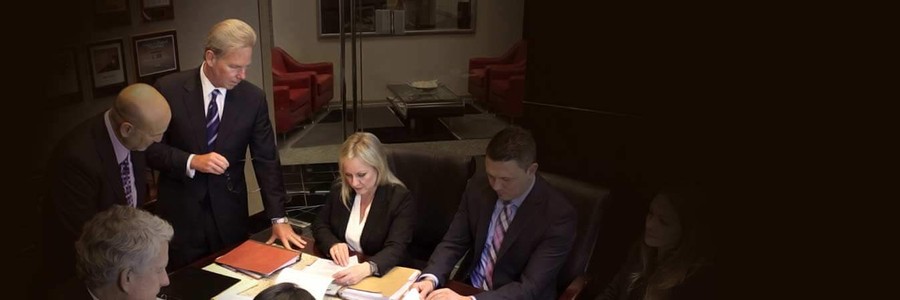Seat Belt Buckle Unlatching Cover-Up
During their representation of seat belt buckle unlatching victims and their families, BISNAR CHASE auto defect attorneys have gathered hundreds of thousands of documents and taken scores of depositions of industry personnel which has revealed that Ford and GM were well aware that false latching and inertial unlatching were leading to hundreds if not thousands of deaths and serious injuries which the auto industry has been suppressing from the public for years.
We discovered that Ford and TRW VSSI misrepresented the actual numbers of seat belt buckle unlatching claims they were aware of to the U.S. Government in their written responses to the 1992 NHTSA rule making petition.
Specifically, Ford represented to NHTSA that it knew of only 56 responsive claims or incidents involving such seat belt buckle unlatching.
In truth, however, at that time Ford had 1,406 such claims files in its possession in its Office of General Counsel the contents of which it refused to disclose, citing attorney client privilege. Additional records obtained in litigation by our attorneys revealed that Ford had found an additional 3,100 claims of inadvertent unlatching made through its dealers and customer service departments.
None of these 4,506 claims, incidents, accidents and lawsuits were reported to NHTSA. In a recent buckle unlatching trial against Ford, Ford's senior management personnel finally admitted under oath that they had under reported the actual number of claims of known seat belt buckle unlatching in 1992 to NHTSA in response to the rule making petition.
GM's conduct appears to have been even more egregious. In its response to the 1992 NHTSA rule making petition, GM enclosed test research which claimed that actual laboratory testing it commissioned had proven that inertial unlatching was a practical impossibility. NHTSA relied heavily on these representations by GM in denying the rule making petition.
For years, personal injury lawyers handling unlatching cases have been trying unsuccessfully to secure allegedly privileged secret documents and testimony from the very laboratory used by GM to determine the truthfulness of the laboratory's testing and conclusions relied upon by the auto industry. In every instance, GM successfully argued that such research was "privileged" and not subject to disclosure.
Recently, however, after years of litigation, motions and appeals, our lawyers in conjunction with several other law firms throughout the nation, have been given the green light by court order to demand production by the test laboratory of these test documents and to take the depositions of these key laboratory test personnel.
Initial information produced pursuant to the Court's order has so far reveal that the test laboratory likely falsified and suppressed its initial research which did in fact reveal that the forces necessary to produce inertial unlatching was possible in real world accidents. As a result of these disclosures, our lawyers expect that its future seat belt buckle unlatching clients may be able to expect larger settlements and higher punitive damages awards at trial on their claims.
Use of Defective Seat Belt Buckles to Save Money Justifies Punitive Damages
In a recent false latching lawsuit against a Large U.S. Automaker, BISNAR CHASE attorneys were able to secure internal documents which proved that the Company had intentionally retrofitted the RCF-67 false-latching-prone seat belt buckle back into one of its leading Sport Utility Vehicles in 1990 in place of the false-latching-proof end-release buckle the SUV was designed to have had installed from the outset of production. In these highly confidential documents, the automaker admitted it took this action because its cost accountants determined that they could save $ 1.90 per vehicle.
Other documents obtained in the same case established that the same automaker did the same in a number of its other vehicle lines for the same reasons. As a result of obtaining this information, the case settled for a substantial sum which was agreed by the parties to be kept confidential.
However, we have also taken action in conjunction with consumer safety groups to share its discoveries in order to petition NHTSA to revisit its 1992 rule making and enact appropriate regulatory measures, including product recalls, to curtain the usage of the false latching and inertial-latching-prone RCF-67/Type I buckles.
If you were injured due to a defective seat belt buckle, please contact a skilled and experienced auto defect lawyer from BISNAR CHASE. Our team of experts can tell you if you have a case. As always, we offer a no obligation free review of your case. Call or use our free case review form.
